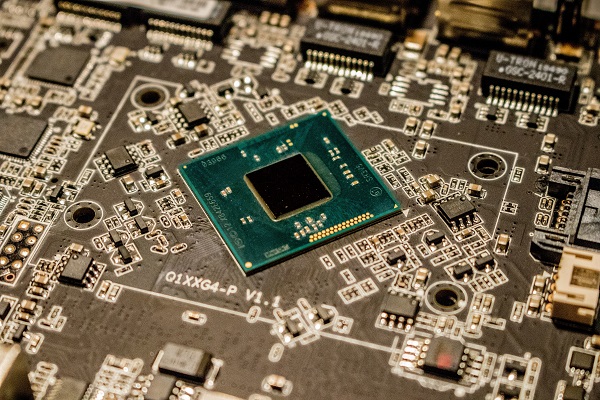SOUTH Korean and Taiwanese chipmakers look set to ramp up their long-term footprint in Asean, even as American semiconductor companies remain the dominant player for now, says a new analysis of the region's investor attractiveness.
Still, most major South-east Asian economies fared poorly in a ranking by DBS Group Research, which assessed countries on factors such as labour cost and skill, electricity prices, infrastructure and level of digitalisation.
Singapore is the best-positioned market to clinch foreign direct investment (FDI) for semiconductor manufacturing, and Malaysia has the opportunity to upgrade from assembly and testing to fabrication, DBS economist Ma Tieying wrote on Wednesday.
This is despite Malaysia having to face short-term risks from pandemic-related supply-chain disruptions, which could cause delays in foreign investors' investment expansions.
But Ms Ma described the rest of the region as "underperformers" that rely on low labour costs to attract FDI in relatively manpower-intensive chip assembly and testing.
Further investments require significant progress in the governments' investments in education and infrastructure, and in economic and institutional reforms, she said.
The interest comes as the Asean-6 economies contributed more than one-fifth of the world's electronics exports in 2019 on the back of their rising participation in semiconductor production.
For instance, Thailand recently green-lit tax breaks for investments in wafer fabs, as well as assembly, testing and advanced printed circuit board projects, while Vietnam plans to boost its manufacturing of high-value-added electronics, Ms Ma noted.
Most foreign semiconductor investors in the region, such as Intel and Micron, are American; South Korean and Taiwanese semiconductor firms, such as TSMC, Samsung and SK Hynix, have historically preferred China for their operations.
But, besides an expected short-term ramp-up by United States companies aiming to meet surging chip demand in the region, Ms Ma projected that South Korean and Taiwanese players will raise their stakes in South-east Asia in the coming years.
"Their production facilities are mainly located in their home countries and China at present, which suggests the need for decentralisation in the context of the pandemic and China-US tensions," she said.
"It will not be surprising to see South Korean and Taiwanese semiconductor firms further expand footprints to the Asean region - in the relatively less advanced technology areas - in the years ahead."
Source: The Business Times (Singapore)
Date: 23 September 2021
September 24, 2021













